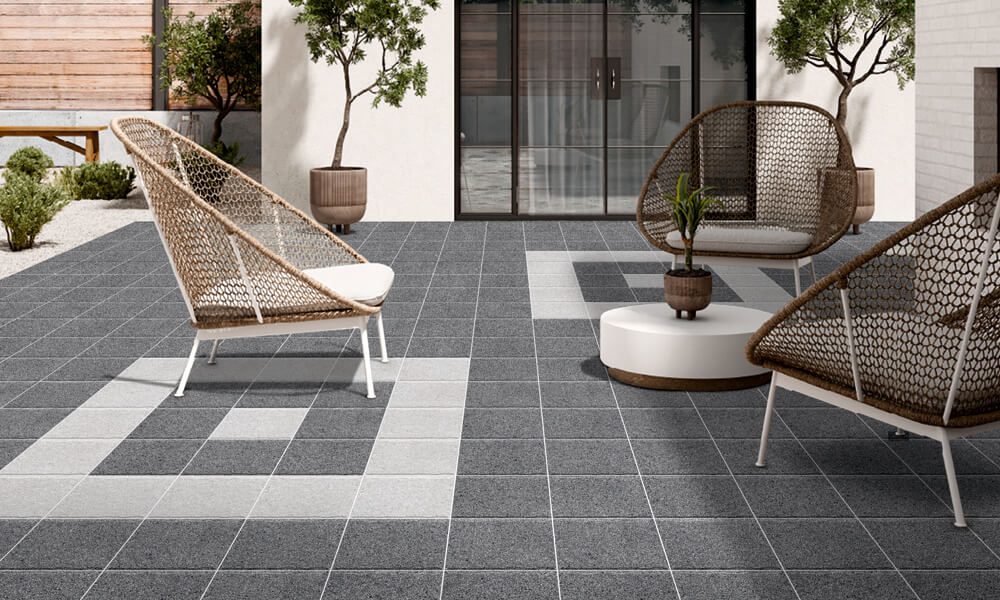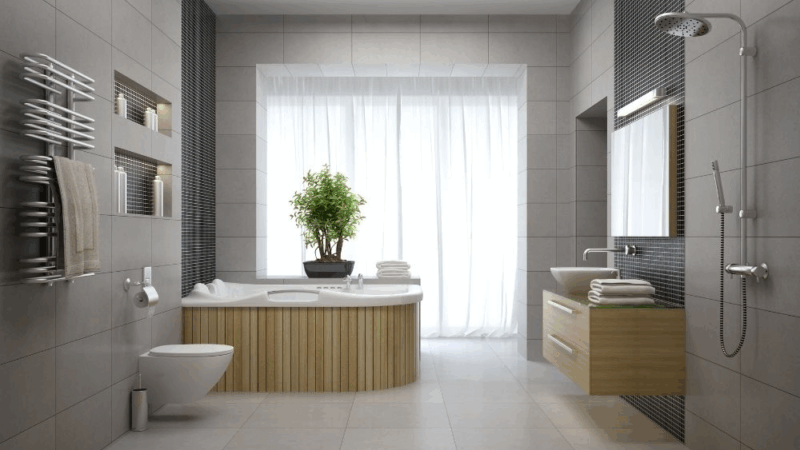Why Tiles Are a Smart Option

Tiles are highly popular in homes, and for many good reasons. They’re tough, easy to clean, and they will last long if fitted properly. Whether you’re doing a new build or giving your space just that little bit of refresh, tiles can work in almost every room. From kitchens and bathrooms through hallways, living areas, and even outside spaces, tiles bring style and function.
People tend to install tiles because they are low maintenance: they do not retain dust, stains, or odours like carpet does, nor will they wear down like wood and vinyl often do. You can also find tiles in so many colours, finishes, and sizes that it’s not hard to find something that suits your home. They work with both modern and traditional styles, depending on how you use them.
Think About Where They’ll Go
When it comes to choosing tiles, it is good to start with the room itself, as each area of the house needs something slightly different. In bathrooms, for example, it is best to choose tiles that can take a lot of moisture and are slip-resistant under wet feet. These are areas where glossy tiles or textured finishes do well.
In the kitchen, tiles need to be solid and easy to clean. Often, the tiling in the splashbacks is smaller and more decorative, while floors will require something heavier, like porcelain. Large-format tiles work the best in living areas, hallways, and open-plan areas because they provide a cleaner appearance and visually make the room feel open.
If you’re considering using tiles outside, ensure they are rated for outdoor application. The tiles should be frost-resistant and safe to walk on in wet areas. In these areas, natural stone or porcelains with rough texture work well.
Choosing the Right Style
There’s no shortage of tile designs available, which can be exciting but also a bit overwhelming. A good place to begin is with the style of your home. If you live in a period house, stone-look or patterned tiles can suit the character of the space. For newer homes, plain tiles in neutral shades like grey, beige, or soft white tend to work well.
If you like the warmth of timber but need something a bit more hard-wearing, then wood-effect tiles are a great option. They work particularly well in kitchens and bathrooms, where real wood perhaps wouldn’t keep too well. Stone-look tiles, such as slate or marble effect, give a more organic feel and can also make a space feel weightier and more textured.
Colour is also a mood influencer in a room. Light-coloured tiles make small areas seem larger and brighter, while darker tones add warmth and depth. A feature wall or patterned floor might be a nice way to add interest without making the room too busy.
Think About Finish and Fit
Another aspect to consider before finally making your choice is the finish. Glossy tiles reflect light, making rooms appear brighter but possibly show marks more easily, while matt tiles hide smudges well and have a softer, more natural feel underfoot.
Tile size and layout can also vary. Larger-format tiles have fewer grout lines and can make a space feel larger. You’ll want smaller tiles in very compact areas or to achieve a more detailed pattern. The colour of grout matters, too — matching grout gives you a smooth, joined-up appearance while darker colours mask marks and outline each tile. If you want your tiles to last, they should be fitted properly. Poor grouting or uneven fitting may lead to cracks or water damage over time. It is usually worth hiring an experienced person to ensure that this job is well done.
For expert advice and a wide range of quality tile options, you can explore Hyperion Tiles, a trusted name known for style and durability.






